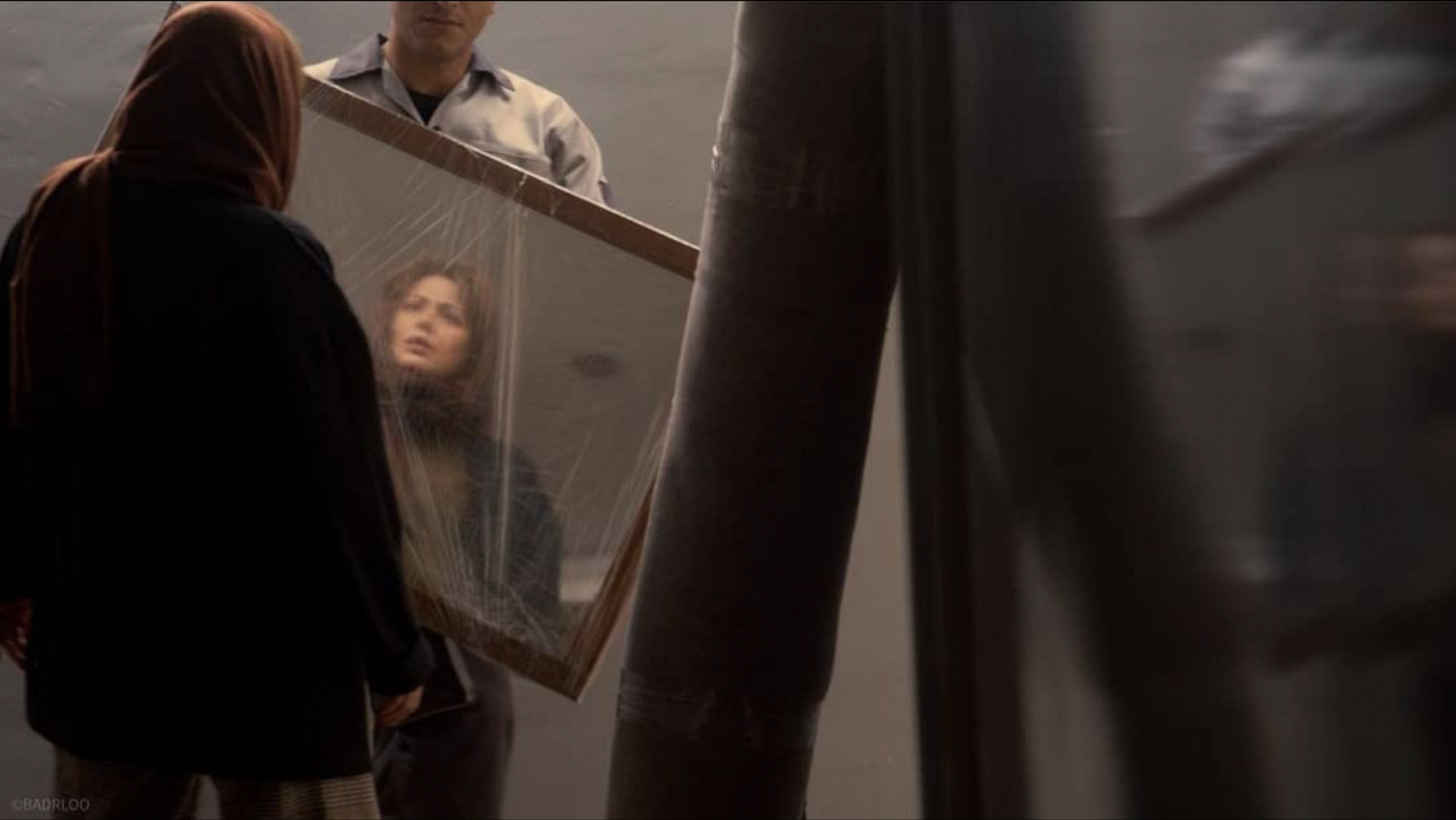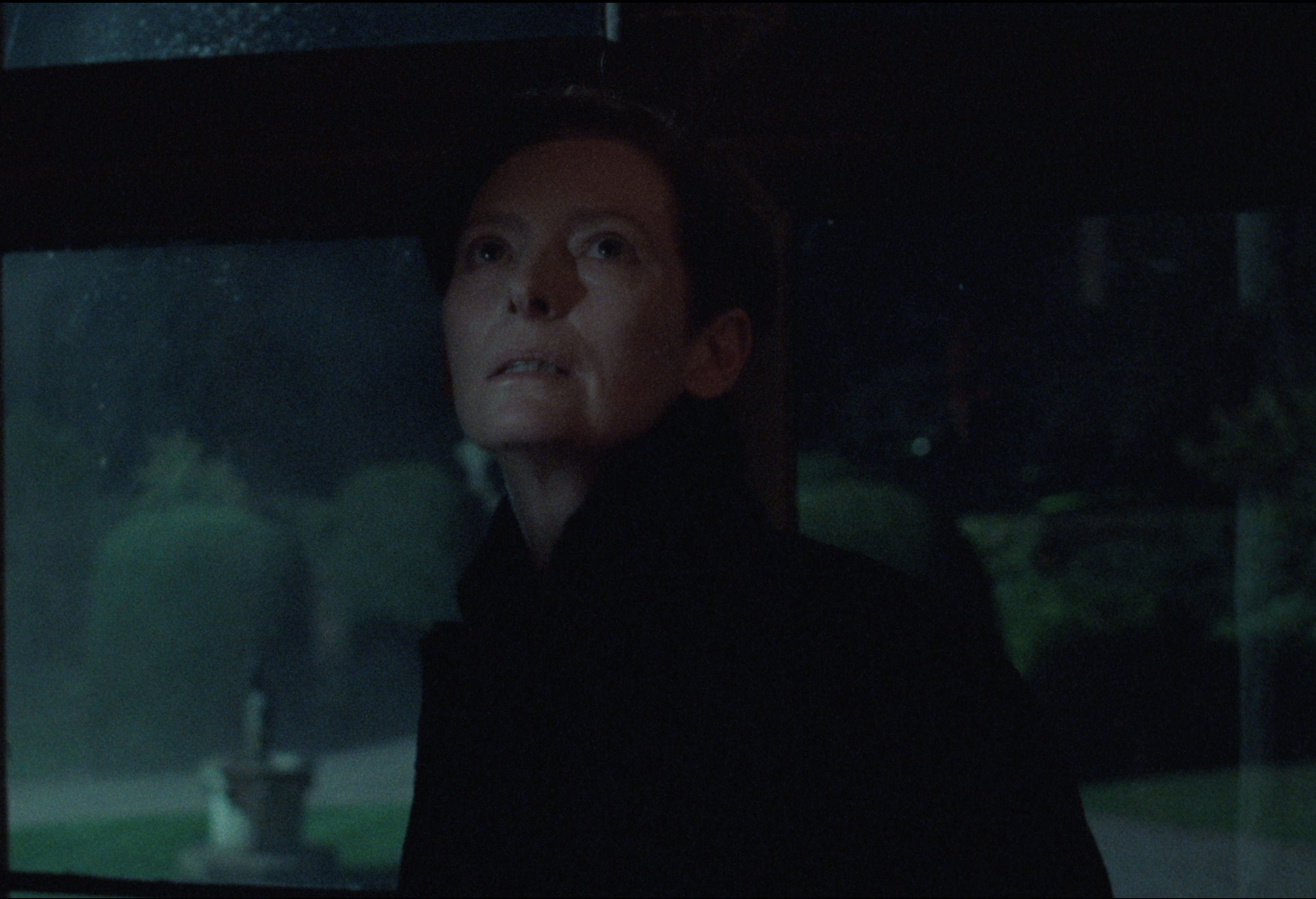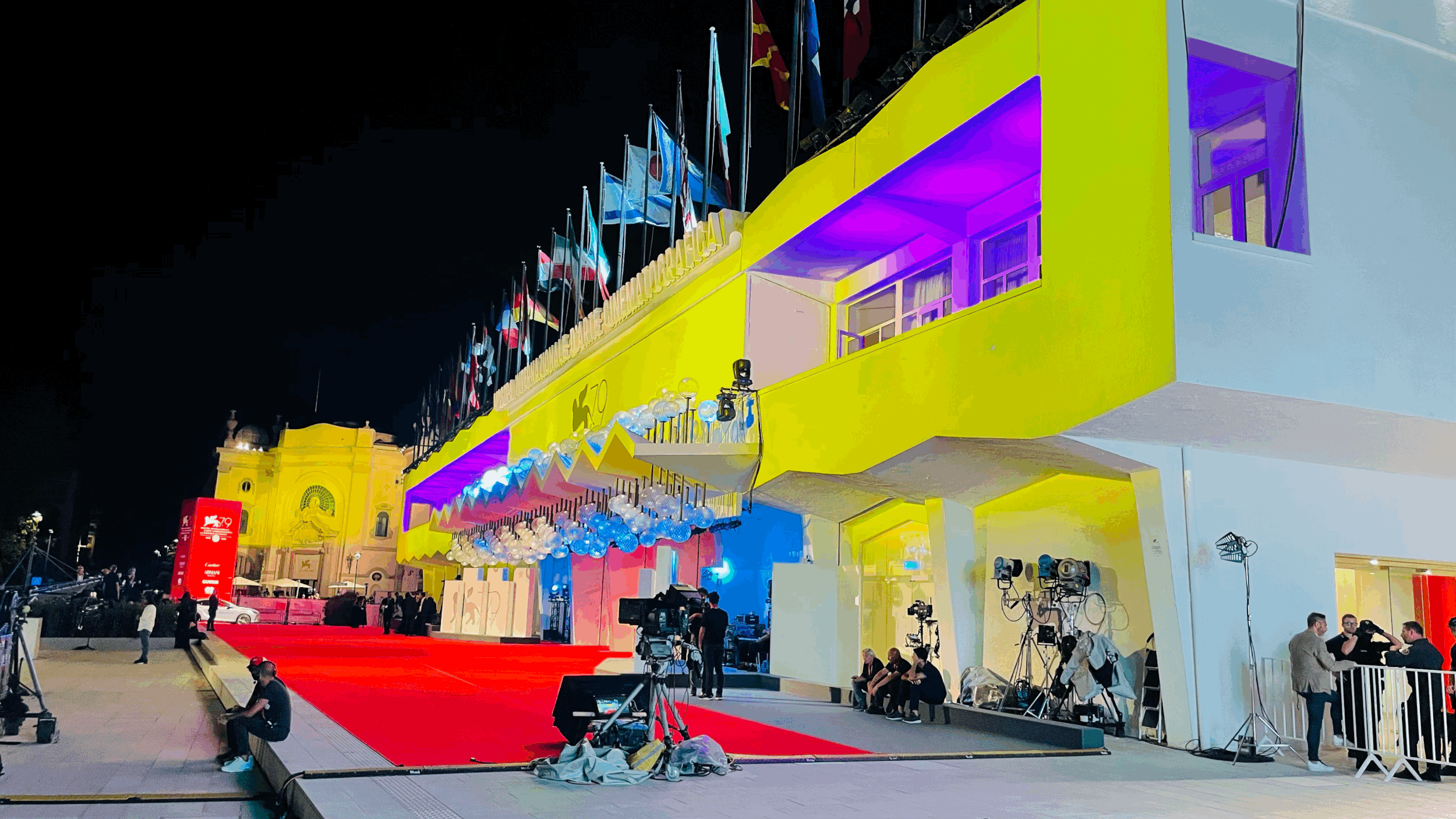Bi roya – Without Her Directed by Arian Vazirdaftari
Bi roya – Without Her
Directed: Arian Vazirdaftari
Starrings: Tannaz Tabatabaei. Saber Abar, Shadi Karamroudi , Sam Nakhai, Mehri Al Agha, Nahal Dashti, Reza Davoudnejad, Faranak Kalantar, Tiam Kermanian, Maedeh Tahmasebi, Milad Yazdani
Country: Iran
Year 2022
Author Review: Shane Virunphan
Click Here for Italian Version
“Stupid bicycle city.”
In One, No One and One Hundred Thousand (Uno, nessuno e centomila), the Nobel prize for literature, Luigi Pirandello explores the issue of the anguish of being imprisoned in the many social and civil identities faced daily. The protagonist, Vitangelo Moscarda is afflicted by the opinions of others. He consciously has a deeply suffering existentialism. He discovers that he is unknown to himself. He feels like a stranger, with an indefinite identity crisis: "If I wasn't for others what I had previously believed I was for me, who was I?"
Roya, a charming Iranian, wonders about the same existential questions. She is the protagonist in the beautiful thriller Bi Roya – Without Her by director Arian Vazirdaftari, presented at the 79th Venice Film Festival.
Tehran, a cycle path, a lady, Roya. She is learning to ride a bicycle. Her teacher is her husband, Babak. She still does not ride well, and on a downhill, she falls. They are a happy couple. After a long time, they had a visa to Denmark. It is essential to know how to cycle, Denmark is the nation of bikes. They have no children; they are middle-class with an elegant home.
Change scene. Roya is in her office, packing boxes to take away her belongings.
In the evening, returning to her house, she meets a girl, Ziba. Ziba is shocked and suddenly faints. Roya rescues her and takes her to her apartment. Ziba is puzzled. She does not know where to go. Roya hosts her despite Babak's complains. From this moment, life turns upside down for Roya. Everything is bizarre, dystopian, and everything disappears.
In the end, Roya is another person. She has a different husband and a son. Conversely, Ziba has turned into Roya, dresses like her, acts like her, has the same husband, has her family. Who is Roya? The past one, or the present one? Everyone, husband, family, friends, police are convinced. She is the only one to believe the opposite. Who is Roya? It is a thriller to solve.
Arian Vazirdaftari has identical perplexity:
“No, for me, it’s more about how other people’s perceptions decide who you are. We tend to put too much credit on something like IDs, fingerprints, and such. We believe that this contains our true selves, that these are solid proofs of what we are, but it isn’t the case. We are much more volatile. And I was just thinking what happens if we question that? What could end up happening? How really can you prove that? And in the end, Roya finds herself in a situation that has no way out. She can either quit living or just accept the new identity and the new family. I don’t want to spoil the end, but I felt that there is no grief. There is some hope because she had stood up for a friendship.” (2)
The matter is not just about Roya. It is an absolute question. Are we sure we know who we are? Perfect for a book by Pirandello, Arian Vazirdaftari has similar existential doubts: “it’s more about how other people’s perceptions decide who you are.” (2) The other one hundred thousand determine who we are. People believe to be another person but it is not true. It is the topic of the film, the issue of one's identity.
If others decide who we are, what happens if they change their minds and unexpectedly say we are another person?
The director confirms it:
“I will always think that identity and what you believe in is dependent on the surroundings and atmosphere and our perception of that. It was horrifying to me the concept that if others agree that your identity is another from your own, you lose the game. It’s as easy as that. You can accept your new identity and move on, or kill yourself. That’s the premise of the film. My other interpretation is that, as a woman, we tend to lose our identities when we are married.” (3)
The environment and others have decided differently and therefore change own identity. Can people be blamed? Maybe is Roya making a mistake?
As in One, No One and One Hundred Thousand, the protagonists are wealthy, have excellent jobs, cultured. Roya also has instinctive generosity. She helps people and takes responsibility out of solidarity.
Roya has the characteristics of a Pirandellian role. The only difference is a tendency towards martyrdom developed throughout the story. She is a martyr because she does not know how free herself from evil and accepts it unknowingly.
The structure of the film is interesting. A circular structure, the director explains:
“This circular narrative structure exists. However, I didn’t want to establish a repetitive pattern. Of course, the more mainstream solution would have been that, but I didn’t want to. I wanted to challenge the spectator and the characters. Therefore, there are some similarities among the stories of each person that goes missing, but also many differences.” (2)
It is a “circular narrative structure” (2) as the characters turn around and flip. Roya's attempted rebellion does not break the pattern but rather accentuates intense discomfort, both for Roya and for those close to her. It is the malaise suffered by the audience, the identification for Roya becomes scepticism: if Roya was really the usurper?
The tension is created with patience. Combining the existential genre with that of the thriller, all are distributed in the noir atmosphere of an oppressive Tehran. The missing aspect, obviously by the author’s will, is the final twist. It is an ending but it is perplexing.
The rhythm increases systematically. In the first part, it is absent: who cares about this boring Iranian couple and their move to Denmark. Then the rhythm accelerates. Different expectations are always added, the events become vivid, up to the final surprise.
Arian Vazirdaftari does not answer directly but opens up with a melancholy epilogue. It is an ending without: “Roya finds herself in a situation that has no way out.” (2)
The dialogues are significant, especially those between Roya and Ziba. The director does not respect the 180 rule, so the two women get more confused. One is in the place of the other: who is Roya, who is Ziba? Initial compassion is followed by wilful malice. Many details are blurred in order to better define a hazy character or an uncertain situation. The faces disappear, the sweatshirt and face are both black, a transfer of personality is taking place.
The situation is ambiguous, not very logic or formal. The circularity causes vertigo, a reversal of meaning, sublimating the direction and the story.
Luigi Pirandello, Uno, nessuno e centomila. Translated by author.
https://www.mime.news/posts/discussing-venice-title-without-her-with-the-filmmaker-and-his-stars
















Are cannibals evil? Follows this idea Luca Guadagnino in the film Bonus and All presented at the 79th Venice Film Festival. Luca Guadagnino follows this thought. He believes he is Dante Alighieri when he writes about Ugolino della Gherardesca in the Antenora, the second zone of the ninth circle of Inferno in the Divine Comedy.